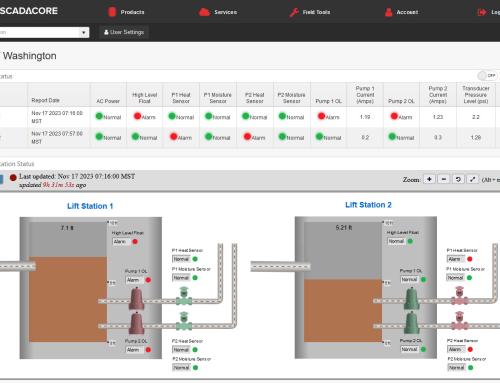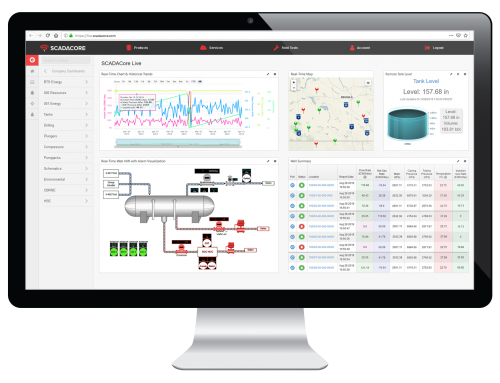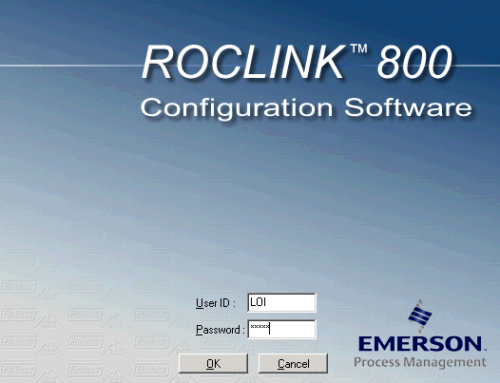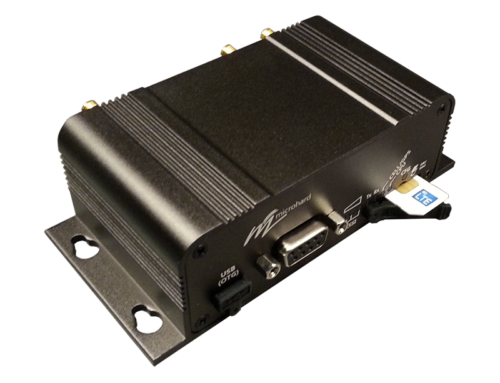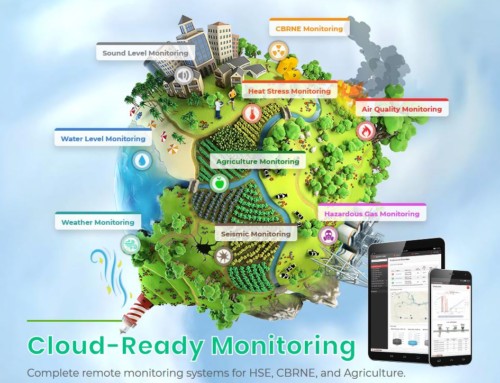Recently, SCADACore met with companies looking to abandon their plans to implement their own SCADA system.
These companies were committed to setting up their own SCADA server, but they have just started to realize the complexity and hidden costs associated with traditional SCADA. They are looking to mitigate the enormous sunk cost by moving to SCADACore’s cloud-based SCADA system.
In fact, many companies — such as product manufacturers or technical services companies — that are planning to, or in the process of, building their own remote monitoring system will find that a lot of the same hidden costs mentioned in this post will also apply to them.
Before making big investments into integrating traditional SCADA into your operations, it is important to know some of the hidden challenges and the associated hidden costs of setting up your own SCADA system.

1. SCADA Expertise
Traditional SCADA is comprised of a network of software and hardware systems. At minimum, a company looking to implement traditional SCADA would need to hire a qualified SCADA Engineer that is experienced with HMI, communications, databases, and the industrial process. A SCADA Engineer who is not experienced with all the SCADA subsystems will run into many issues when setting up and maintaining the system.
2. Communications
Adding new sites onto a SCADA system usually requires the setup of cellular / radio communications. A communication system that transmits to, and receives data from, the SCADA server typically involves communication equipment purchasing, configuration, and testing.
For each new installation, a path study is also necessary to ensure robust data communication. Personnel must also have knowledge of communication systems to manage, troubleshoot, and direct field technicians on modem and antenna installation.
There is a very high cost of having the administration systems, and the technical expertise, in place to just to handle the communication aspect of a traditional SCADA system.
3. IT and Server Management
Traditional SCADA systems run on physical servers that need to be setup, managed, and maintained.
A company would be required to hire an expensive industrial IT consultant, or have full-time employees dedicated to managing the IT aspect of running a SCADA system.
4. Security
IT security can be a foreign concept to some businesses, but setting up a traditional SCADA system without proper security could pose a huge risk. An unsecured SCADA system can be easily hacked, with data being stolen, changed, or deleted. Companies that do not understand the importance of security will inevitably leave their SCADA system open to attacks.
While it can be costly to design and set up the proper security necessary for an industrial SCADA system, it is less costly than the alternative, which is a system that is prone to attacks that result in data theft or data loss.
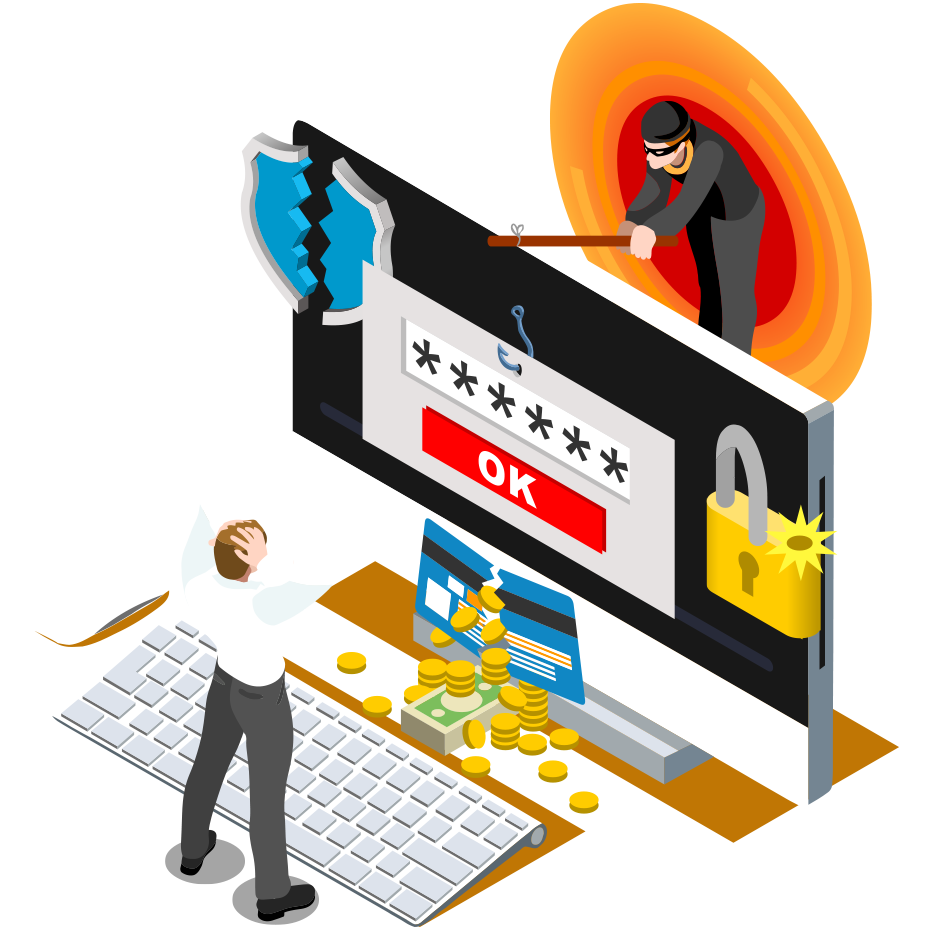
5. Server Hosting
Physical security of the SCADA server is also an important point to consider. Some companies opt to set up the SCADA server in the company’s office or in a field office; and while this method might provide some cost savings, there is a huge risk associated with on-premise SCADA servers: A stolen server, or a fire, will cause a complete loss of data.
If possible, SCADA servers should be hosted in data centers that provide cooling, power, bandwidth, backups, and physical security.
6. Changes
If the SCADA server is located at a remote location, any changes or addition that needs to be added to the system requires a site visit.
Visiting a remote location to make a change can be very costly. If the company manages multiple SCADA servers, changes that need to be rolled-out onto all the remote servers could multiply the cost.
7. Scaling Up and Integration
For a company that owns a number of areas, there could be multiple SCADA servers that need to be managed.
In addition to maintaining each individual server, integrating the remote servers into a cohesive system is a daunting task. The requirement to bring the remote data into a central accounting system requires design, engineering, and programming work; these are enormous hidden costs that do not show up during the initial planning stages of implementing a traditional SCADA system.
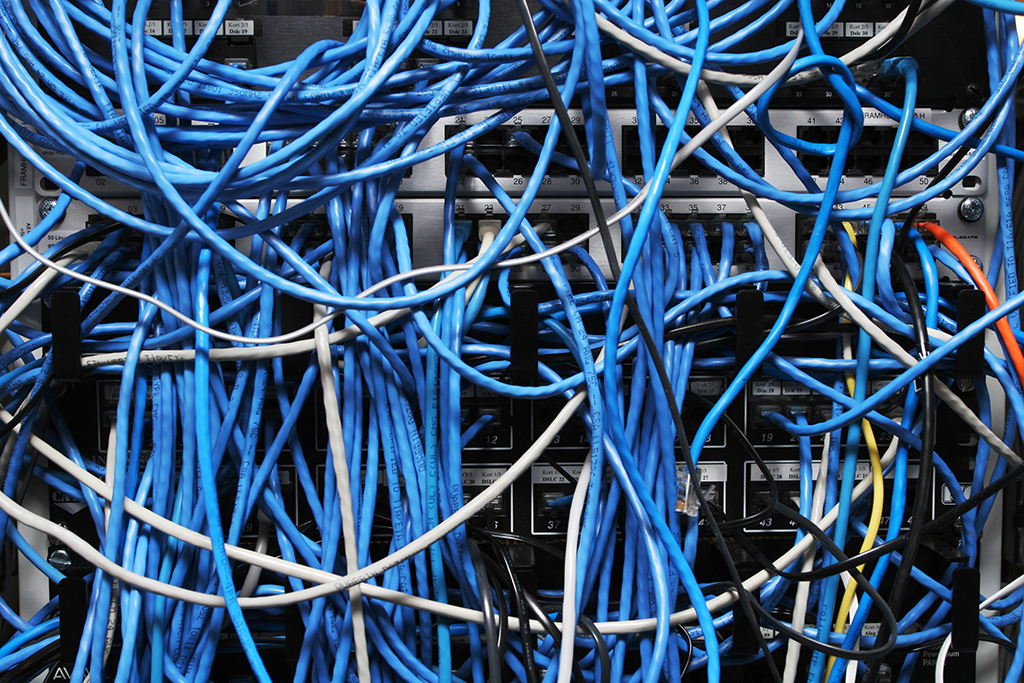
8. Licensing Fees
Traditional SCADA System has an exploitative licensing fee structure such that there is an additional charge for each new user and additional charge for each new point that is added to the system. The more nodes and more clients that are added to the system, the more it will cost.
How SCADACore Can Help
SCADACore provides cloud-based, hosted SCADA / IIoT remote monitoring. We take care of all the details of SCADA such as the HMI, communication, databases, IT, security, server hosting, changes, scaling, integration, and more.
Our prices are all-inclusive, which means that the cell modem plan, alarm callout notifications, demand polls, exports, and more, are all included. There are no additional fees for more users, and no additional fees for added points. With SCADACore, you will never have to deal with all the hidden costs associated with traditional SCADA systems.
Conclusion
Implementing and maintaining a proper SCADA / IIoT system is costly, and companies that was persuaded into setting up their own system with a promise of cost-savings are starting to find out the enormous cost of traditional SCADA systems.
Before your company invests into a traditional SCADA system, ensure that you know about all the hidden costs. You might find that a traditional SCADA system might not be an ideal solution for your operations.

